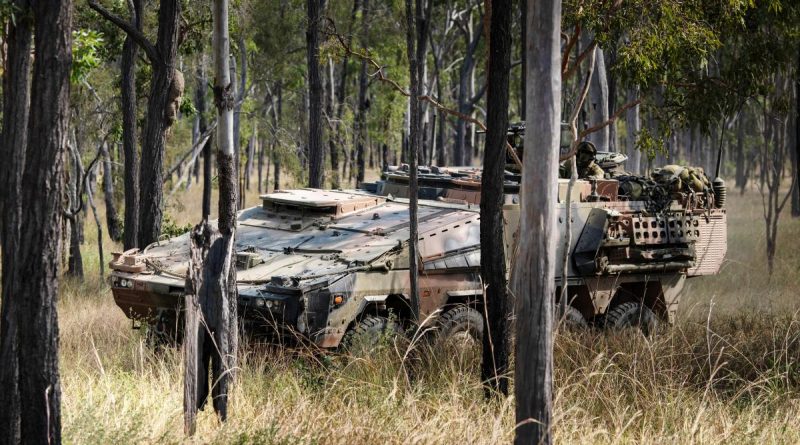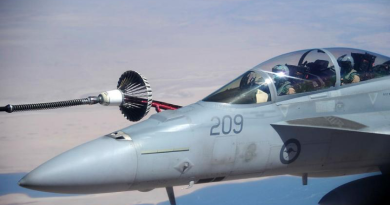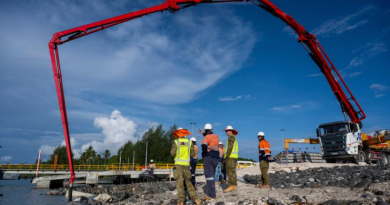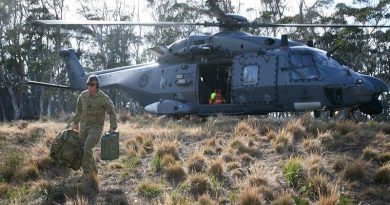Operational test and evaluation values soldier input
Share the post "Operational test and evaluation values soldier input"

Completion of recent exercises in the Townsville Field Training Area have empowered the formal conduct of Operational Test and Evaluation (OT&E) for two significant Army programs, with soldier feedback making a valuable contribution.
CAPTION: A Boxer Combat Reconnaissance Vehicle conducts a live-fire battle run during exercise Diamond Walk at Shoalwater Bay, Queensland. Story by Lieutenant Colonel Phil Pyke. Photo by Private Jacob Hilton.
Overseen by Land Test and Evaluation Agency (LTEA) staff, OT&E processes reflected the formal trials, collecting objective quality evidence to inform upcoming capability decisions.
This was Army’s first opportunity to employ both Block I Boxer variants (Reconnaissance and Multi-Purpose Vehicles) as new capabilities in a brigade-level environment under Project Land 400 Phase 2 Combat Reconnaissance Vehicle.
The trials also allowed for the testing of chemical, biological, radiological and nuclear (CBRN) Defence equipment under Land 2110 Phase 1B.
A Boxer-enabled reconnaissance squadron from the 2nd/14th Light Horse Regiment (Queensland Mounted Infantry) was employed as the mounted formation-level reconnaissance capability. The squadron performed a variety of offensive and defensive tactical tasks in a combined-arms environment against an active training enemy force.
In separate testing, soldiers experienced the challenges of operating under CBRN defence measures while wearing extra protective equipment and simultaneously dealing with chemical threats.
The testing considered both the equipment and the effectiveness of the training to prepare soldiers and commanders to employ the new capabilities and the support required to sustain operations.
The OT&E represents significant investment by Defence early in the capability lifecycle, but it has been a timely and effective means to identify and address risk associated with the new capabilities before being brought fully into service.
Director Land Combat Vehicles Program Colonel Paul Graham said it was imperative OT&E was conducted under realistic operational conditions.
“The series of OT&E over the exercise determined the operational effectiveness and suitability of capability under the two programs to perform and fulfil the intended roles and requirements,” Colonel Graham said.
“Each test serial captured information through user surveys, test cards and subject-matter expert observers, evaluating each in an operationally representative environment in the hands of soldiers.
“The final reports inform operational effectiveness and suitability, capability improvements, safety and operational efficiencies of these capabilities.
“Within the capability lifecycle, our soldiers, non-commissioned officers and junior officers make a valuable contribution as the future end-users. It’s important they are engaged during this phase.”
Lieutenant Colonel Ben Damyon from LTEA, Army’s dedicated independent capability assessment agency, said LTEA had planned and managed the OT&E as land trials in coordination with the sponsoring Programs, Forces Command, Capability Acquisition and Sustainment Group, and Defence Industry
“Formal trial reports at the end of 2021 will inform the planned initial operational capability declaration for each capability,” Lieutenant Colonel Damyon said.
“The feedback from all ranks into the trial reports has made a valuable contribution.”
.
.

.
.
Share the post "Operational test and evaluation values soldier input"





